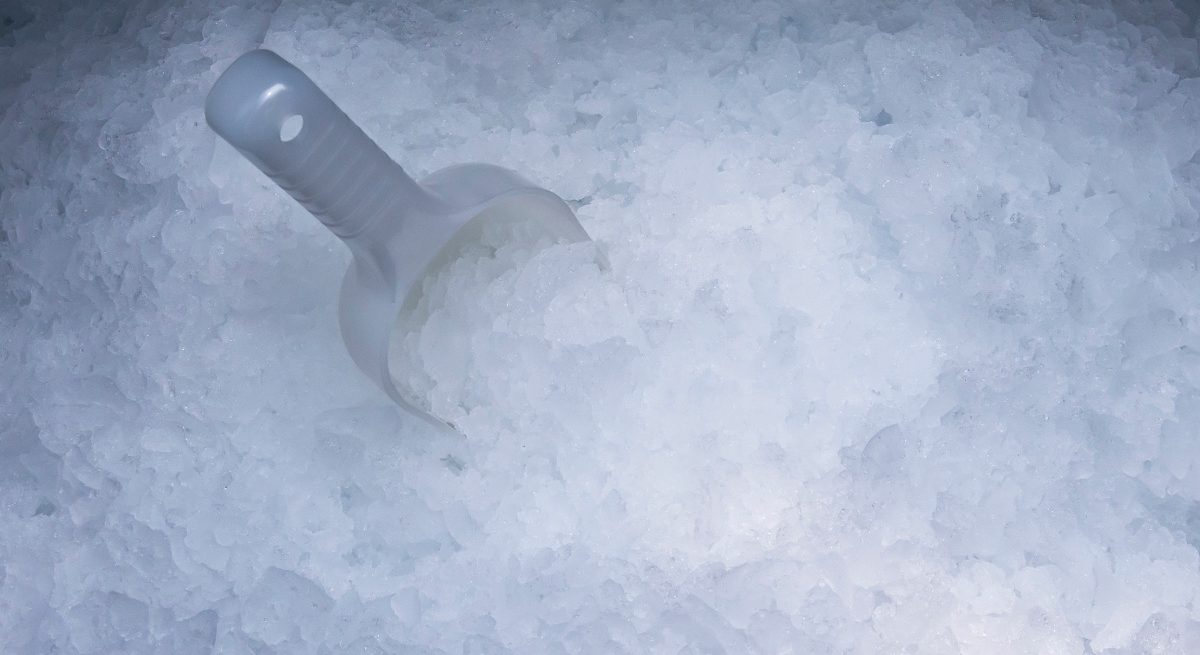Top Five Ways to Get Ice Machine Peak Performance for the Summer
4 Min Read By John Mahlmeister
For customers of restaurants, bars, and other eateries, ice is a minimum expectation, especially during the hot summer months. Owners and managers who've experienced a broken-down machine or reduced production all too keenly feel the urge to ensure their ice maker is operating at peak performance, especially in the season when they need it most. Luckily, there are a few steps that can be taken to ensure the ice maker is running optimally for the higher demands of summertime.
Step 1: Ice ManagementMaximizing ice management is the easiest and one of the most effective ways to get maximum ice from an existing ice machine. At the end of the shift closers should fill every drink station and ice holding bin (behind the bar, above the fountain drinks, anywhere ice is normally stored). In the morning, openers should do the same thing, as stored ice will have depleted somewhat due to melting.
Sometimes the amount of ice a business has is limited not by how much the ice maker can produce…
Sorry, You've Reached Your Article Limit.
Register for free with our site to get unlimited articles.
Already registered? Sign in!


